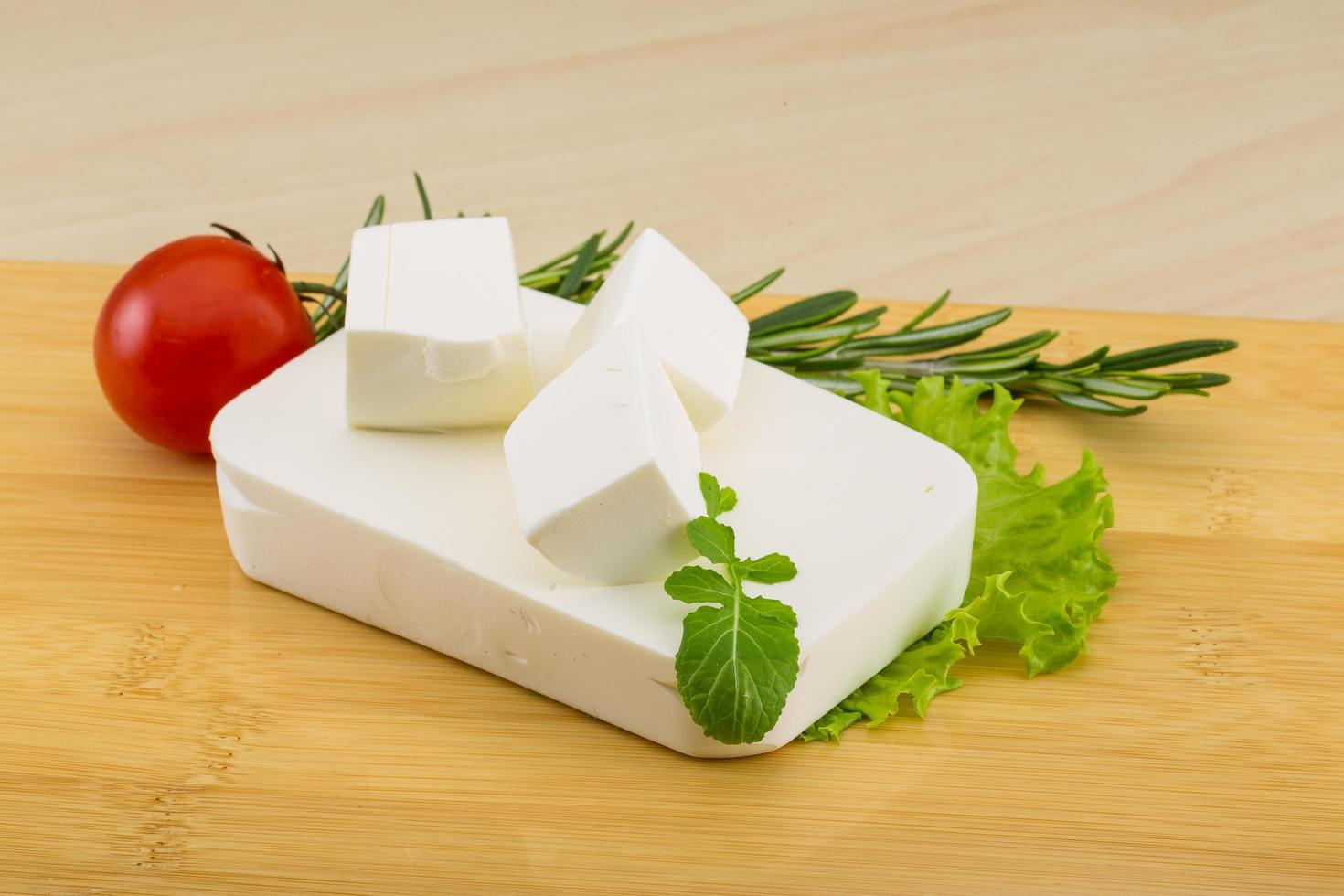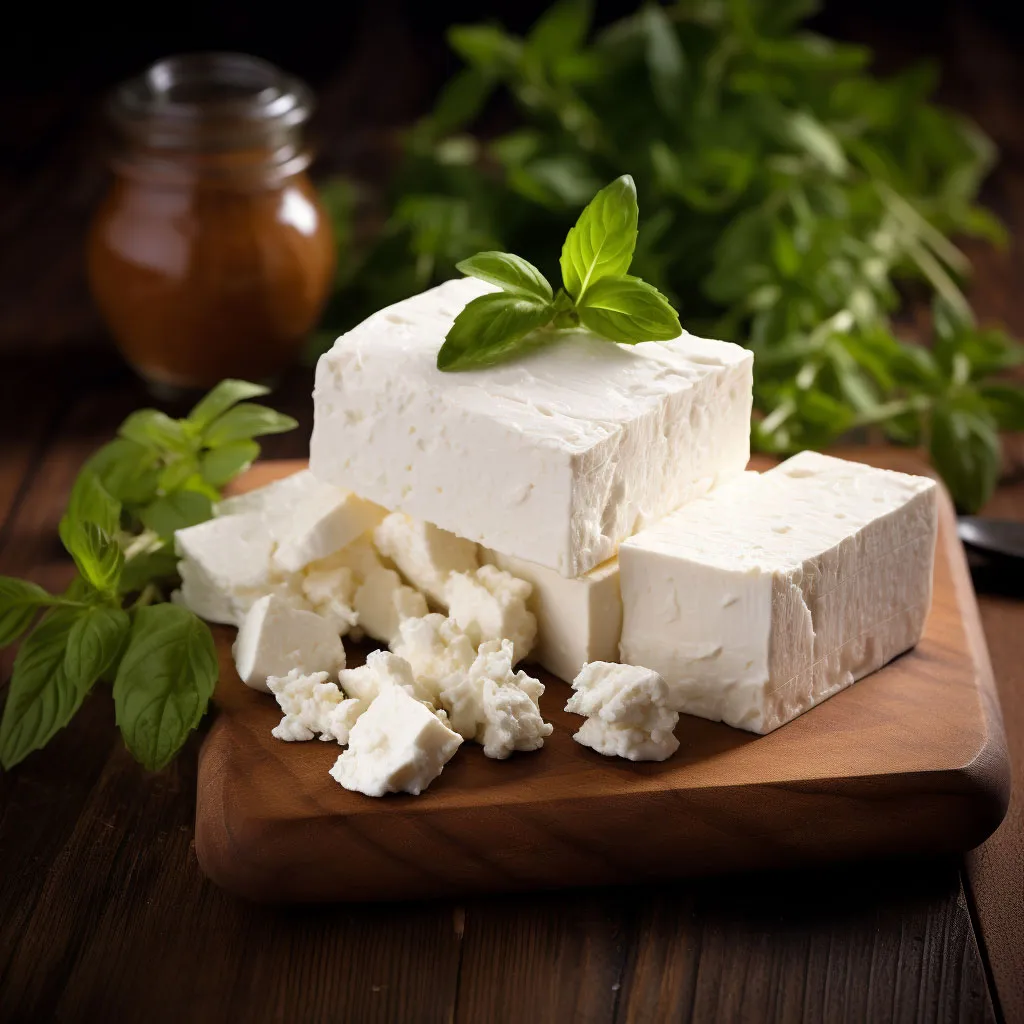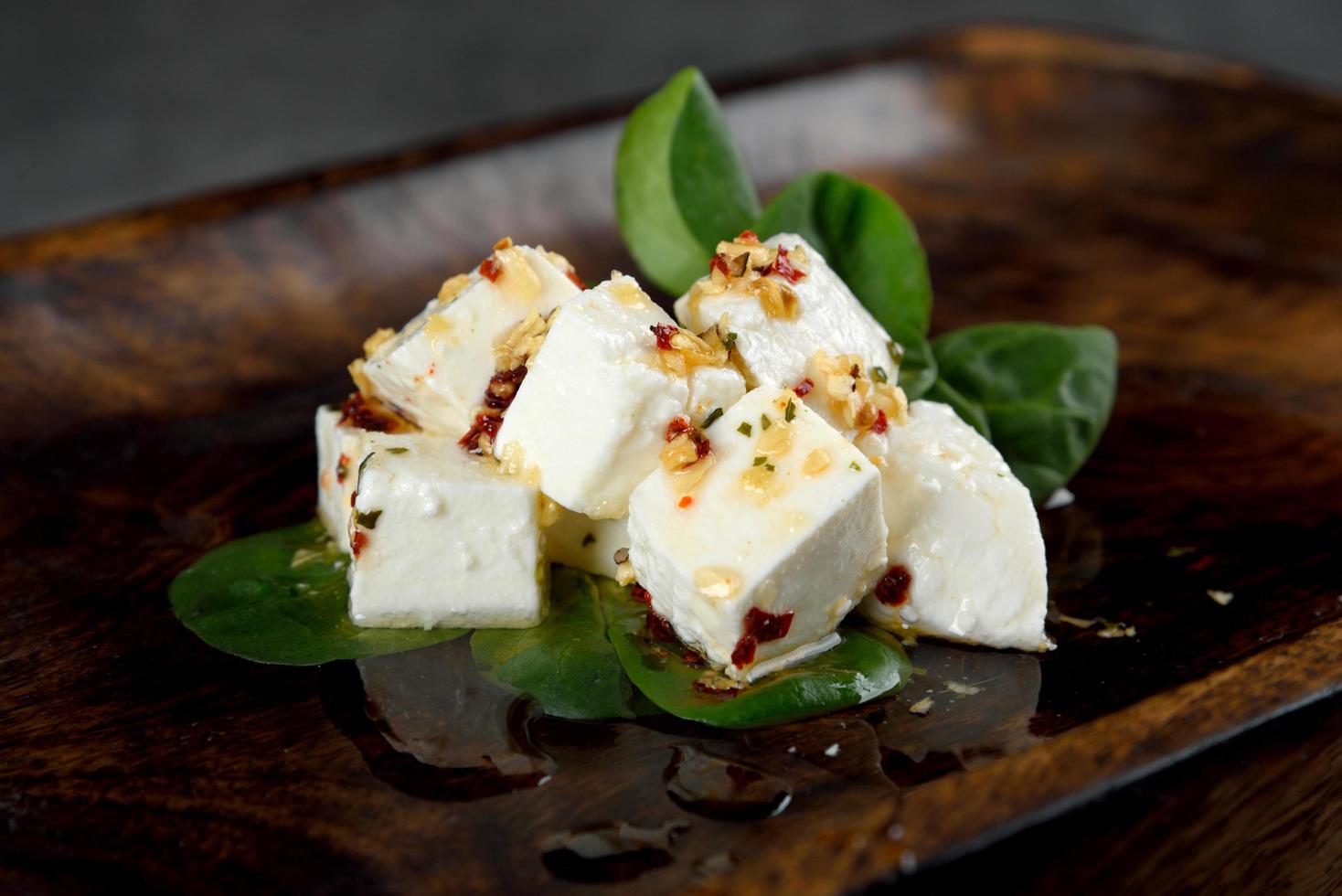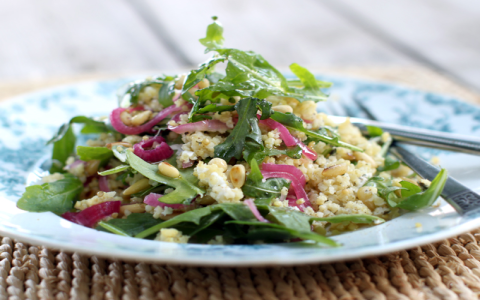Okay, so the other day I was thinking, “is feta cheese gluten free?” It just popped into my head, you know? I’ve been trying to be more mindful about what I’m eating, and gluten is one of those things I’ve been keeping an eye on.

My First Thoughts
My first instinct was, well, cheese is cheese, right? It’s made from milk. Gluten comes from wheat and stuff like that. So, feta should be fine. It seemed pretty straightforward. I’ve eaten feta for ages and never really thought twice about it in terms of gluten.
Then I Started Digging a Bit
But then, you know how it is, I started to overthink it a little. I thought about how some foods have hidden gluten, or things added to them. So, I decided I’d actually look into it properly, not just assume.
First, I just mentally broke down what feta is. Traditionally, it’s just sheep’s milk, or a mix of sheep’s and goat’s milk, plus rennet and salt. None of that screams “gluten” to me. That was a good start.
Then, the next time I was at the grocery store, I made it a point to actually pick up a few different packages of feta cheese. I stood there in the dairy aisle and really read the labels. You’d be surprised what you find when you actually look!
- Most of the block feta, the kind sitting in brine, had super simple ingredient lists. Basically milk, salt, cultures, and enzymes. Phew, that looked good.
- Then I looked at the pre-crumbled feta. This is where I saw a few more ingredients. Sometimes they add stuff to stop the crumbles from sticking together, like an anti-caking agent.
What I Found Out About Additives
Now, these anti-caking agents are the tricky bit. Sometimes they use things like potato starch or cornstarch, which are gluten-free. But, and this is the kicker, sometimes wheat-based starches could be used, though it seems less common for cheese. So, for crumbled feta, I learned it’s super important to read that ingredient list very carefully. If it just says “starch” without specifying, I’d be a bit wary if I were strictly gluten-free.

I also started looking for any “gluten-free” labels on the packaging. Some brands are awesome and will clearly state “gluten-free” right on the front. That makes life so much easier. If I see that, I feel pretty confident.
Cross-Contamination – Something to Think About
Another thing I thought about was cross-contamination. If you’re buying feta from a deli counter where they cut cheeses and meats, and maybe they also handle bread or other gluten-containing things on the same surfaces or with the same slicers, then there’s a tiny risk. For most people, probably not a big deal, but if you’re celiac or very sensitive, it’s something to keep in mind. Packaged feta from the factory is generally safer from this kind of random deli cross-contamination.
Also, if you’re getting feta in a prepared dish, like a salad from a restaurant or a marinated feta, then you have to think about what else is in there. Marinades can sometimes have soy sauce (which often contains wheat) or malt vinegar (which comes from barley, a gluten grain).
My Takeaway on Feta and Gluten
So, after all that looking around and reading labels, here’s what I’ve pretty much figured out for myself:
- Plain block feta cheese, the kind in brine, is almost always gluten-free. The basic ingredients just don’t contain gluten.
- Crumbled feta cheese needs a closer look. I always check the ingredients for anti-caking agents and try to see what they’re made from. If it’s not clear, or if I’m feeling unsure, I might skip it or look for a brand that’s certified gluten-free.
- Always, always read the label. Ingredients can change, brands are different. It only takes a few seconds.
- If you’re super sensitive to gluten, looking for that “certified gluten-free” statement on the package is your best bet for peace of mind.
It was a bit of a mini-investigation, but now I feel much better knowing what to look for. It’s just about being a bit more aware. And yes, I can still enjoy my feta, which is great news!

